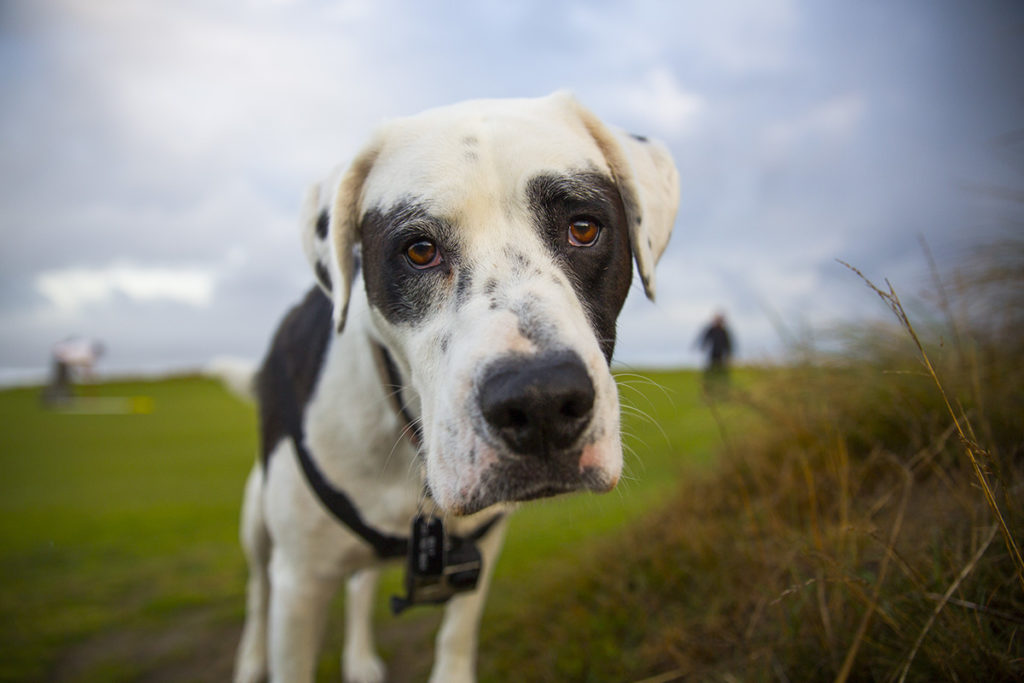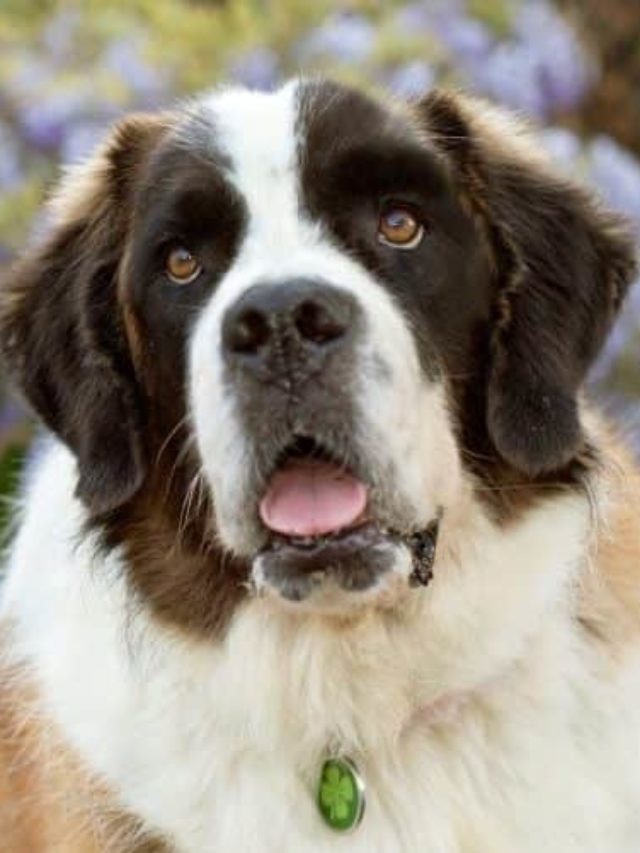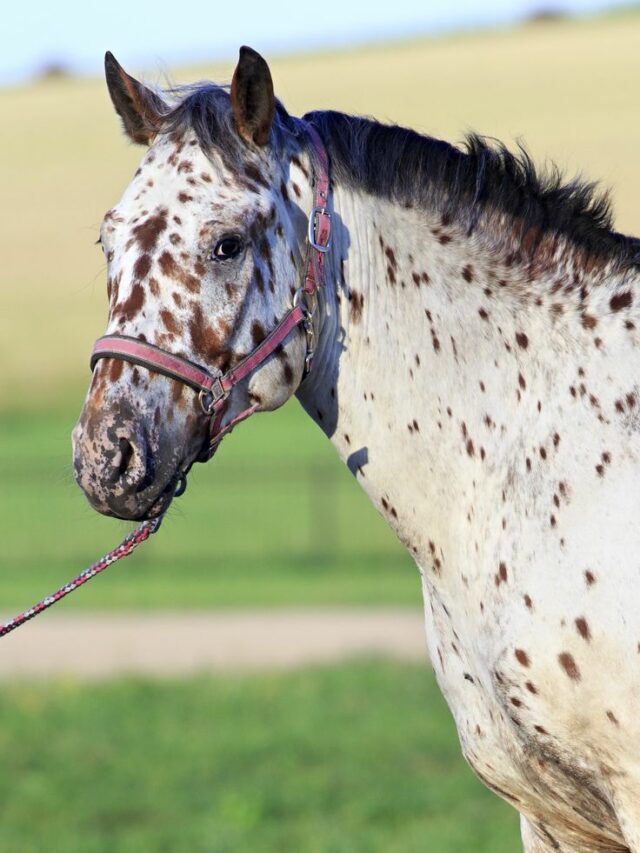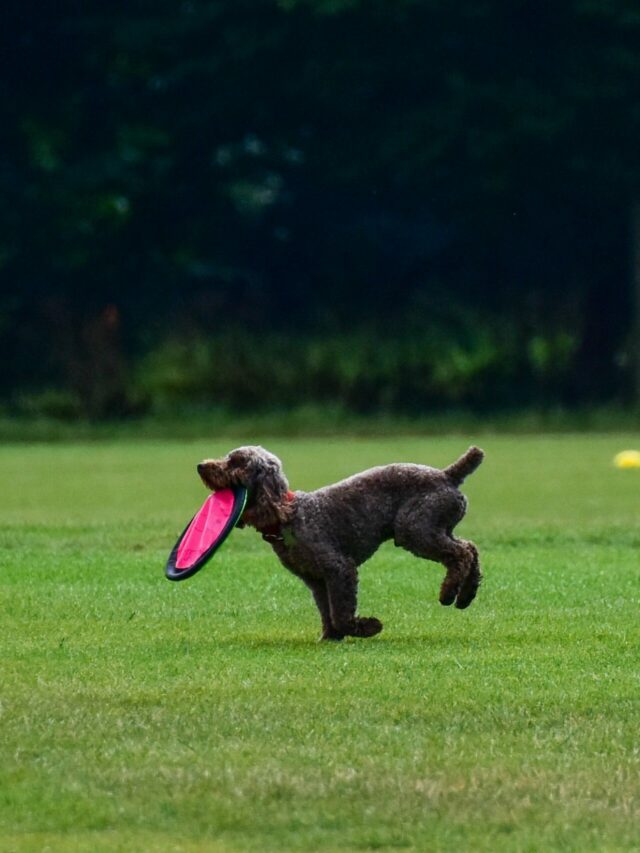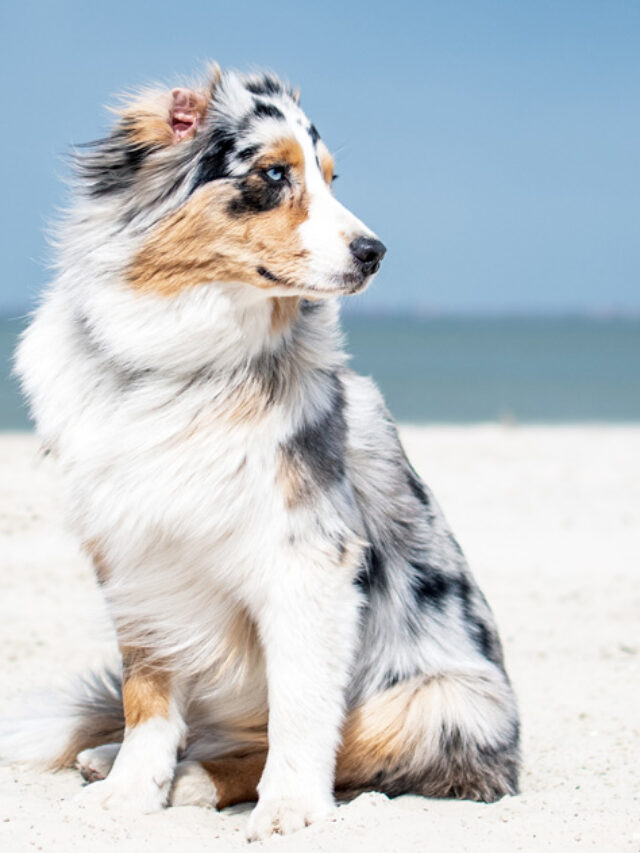The Billy Dog Breed was created in the early 20th century when a man named Gaston Hublot du Rivault decided to create a French scent hound. He did this by taking the best aesthetic and character qualities from three different purebred French scent hounds, which are now extinct, and shaping them into the ultimate hunter.
In 1859, the Grand Anglo-Français Blanc et Orange was created from a cross between the English Foxhound and the now-extinct Talbot Hound. It was bred by Le Comte Armand d’Auvergne in France. The Billy Dog Breed is one of four foundation breeds used to create this breed, along with the Griffon.
In the late 1940s, Rivault began to build a strain of Poitevin that resembled his favorite Larrye line. By crossing Larrye with two other breeds (Montemboeuf and Ceris) he was able to create a dog with the same coloration as his original Larrye, but with more desirable traits such as body size and temperament.
The Chien de France-Comte is a large, elegant dog with a serious penchant for hunting and tracking. A cross between several now-extinct French purebreds—including the Billy, the Poitevin, the Brittany Spaniel, and the Comtoise—the Billy was recognized by the United Kennel Club in 1986.
Billy Dog Physical Appearance
The Billy Dog is a large animal. It has a medium-length snout with a nose that can be brown, reddish-brown, or black. The breed has long ears, muscular legs, and smooth fur with short hair. They have an elegant scenthound structure with a large head, almond-shaped eyes, wide and floppy ears, broad chest, sturdy legs, and a long and thick tail. The red tail of a billy is vertical and separated by a deep yet thin chest that’s laden with flat ribs.
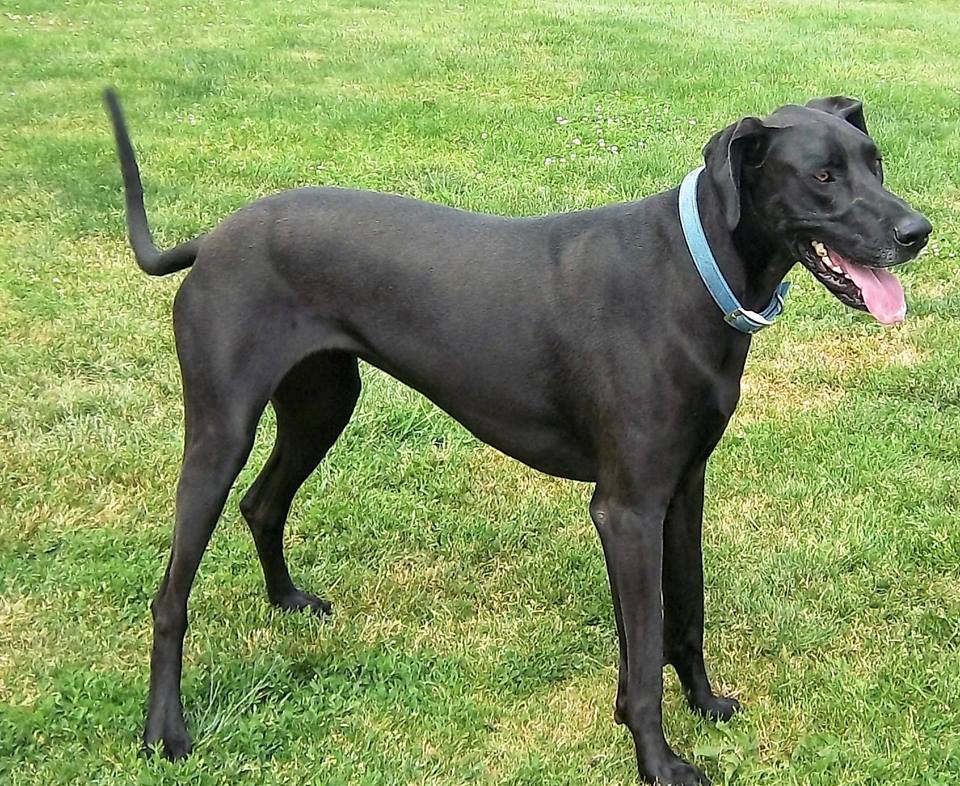
His back legs are only moderately muscular, mostly in his thigh, while his tail is long and tapered. Billy is a pure white, off-white, or gray dog that has orange or lemon spots on the head and body. The coat is short, smooth, and harsh to the touch. Billy weighs between 72–104 lbs and stands 60–70 cm at the shoulder for males and 58–62 cm for females.
Billy Dog Behavior
Billys are a very well-tempered breed of dog. They adapt to home life as well as they do hunting. In the field, Billy dogs are lively and energetic and can hunt for hours or longer period without losing interest.
They are very intelligent and have an uncanny ability to let their owners know what they’ve found by varying the pitch and barking out loud. Billy dogs, in general, are good with children and other pets in the family when raised together.
They have a friendly demeanor in general, which means that strangers can easily approach them. This trait makes them poor as guard dogs since they remain active all day naturally. The breed is not suitable for apartment life because of their need to have plenty of room to run.
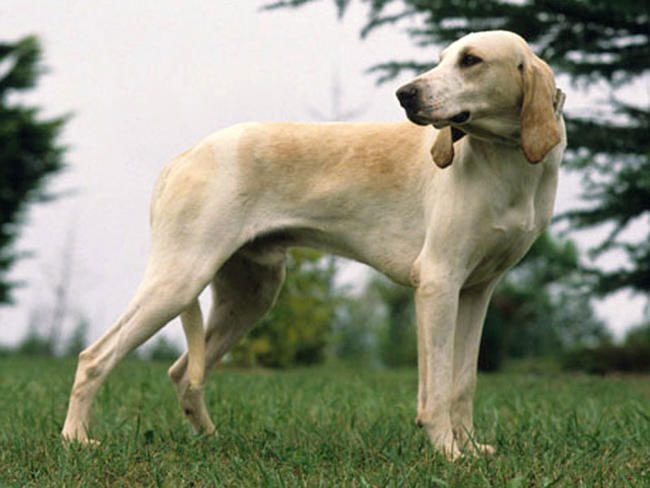
Billy Dog Training and Caring
The Dog Breed is a high-energy dog that requires plenty of exercises. So, take them on daily walks and let them run free in a large area of land, and teach them commands and tricks to stimulate their brain. Billys are a very low-maintenance breed. They shed only light to moderate amounts and have a short coat, so their hair doesn’t collect everywhere. Brushing is needed infrequently, with firm bristle brushes used once or twice a week for maintenance of the body. These dogs’ folded ears are the only part that needs regular attention.
Billy Dog Health
These Dog Breeds are generally healthy, but like all other dog breeds, they are susceptible to certain health conditions. They can develop hip dysplasia and ear infections. The average lifespan of the Billy dogs is between 12 and 15 years.
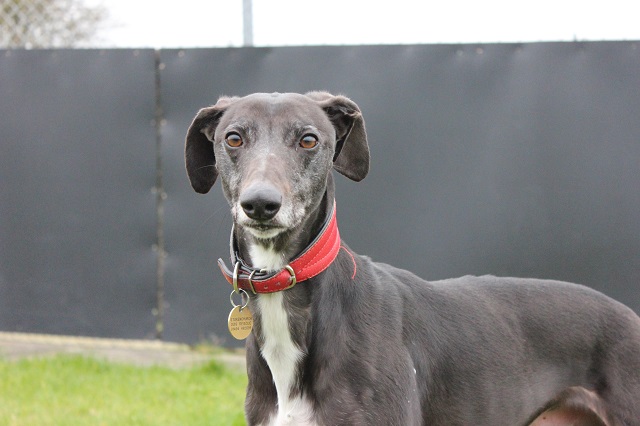
Billy Dog Breed Review
- Loyal to family
- Typically not a problem barker
- Excellent guard dog
- Can become aggressive if not properly trained
- Needs a lot of space
- High shedder and drooler
Billy Dog Breed Pictures
Billy Dog Breed Picture
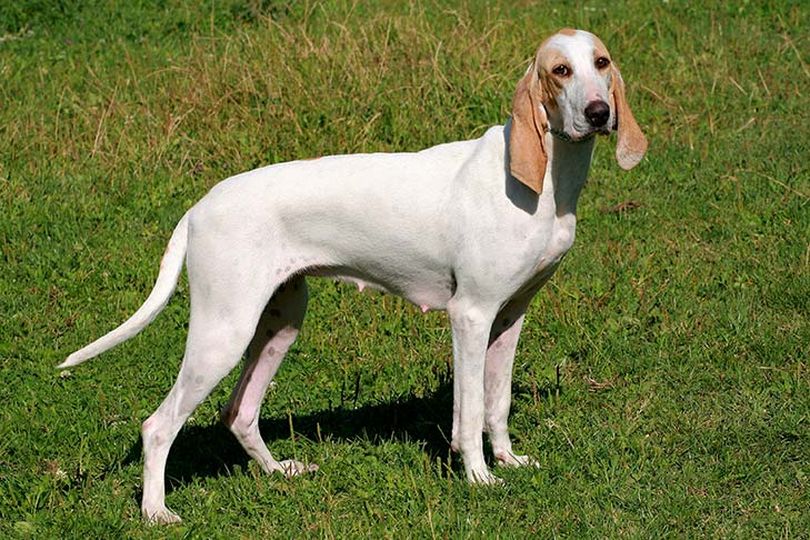
Billy Dog Breed Picture
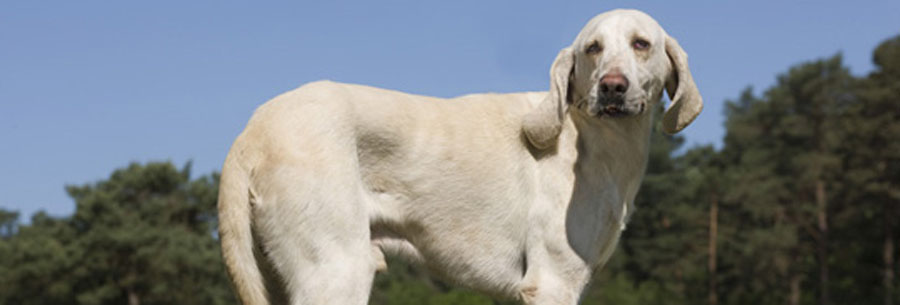
Billy Dog Breed Picture
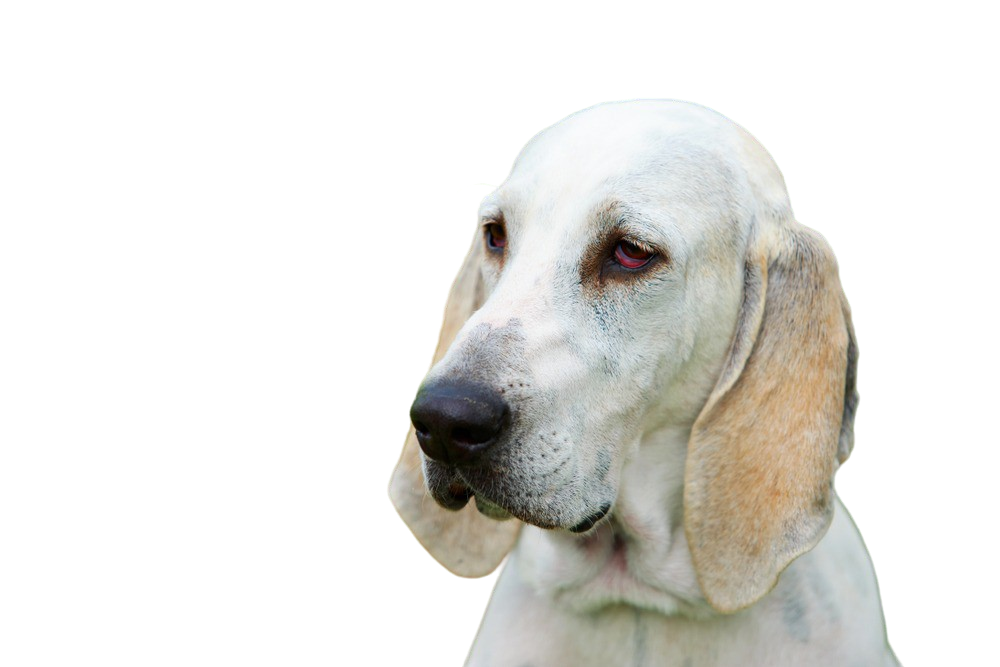
RECOMMENDED POSTS:
- 3 Little-Known Facts About Samoyed Dog – Characteristics, Behaviour And Health
- Mastiff Dog Breed – 8 Exclusive Body Characteristics, Behaviour and Health
- Leonberger Dog – 4 Comprehensive Body Characteristics, Behaviour And Health
- Komondor Dog – 7 Comprehensive Body Characteristics, Behaviour, Caring And Health
- Kuvasz Dog- Characteristics, Behaviour Caring And Health
This website’s material is not intended to be a substitute for expert safety advice or professional treatment, nor should it be used to diagnose or treat any health issue or condition. It also is not meant to give any legal opinion or advice. For legal, medical, or other professional advice, please contact your Veterinary Doctor or other healthcare provider. We do not assume any duty for and do not warrant the reliability or operation of, the goods or services we evaluate, which are offered by third parties. Only educational aims are served by our content.
If you like, please share it. Sharing is usually caring.

